Prep
Week 10, Term 2

Prep
Week 10, Term 2
INFORMATION
♥️Heart Words
In your child’s book pocket this week, you’ll find a red booklet with the Heart Words we’ve been learning so far. We encourage you to read through these words with your child, paying special attention to the ‘heart parts’ - the tricky bits that need to be remembered by heart.
Please keep this booklet in your child’s book pocket, as we’ll continue adding new words to it throughout the year.
🗣️ Show and Share
Topic: A Family Tradition
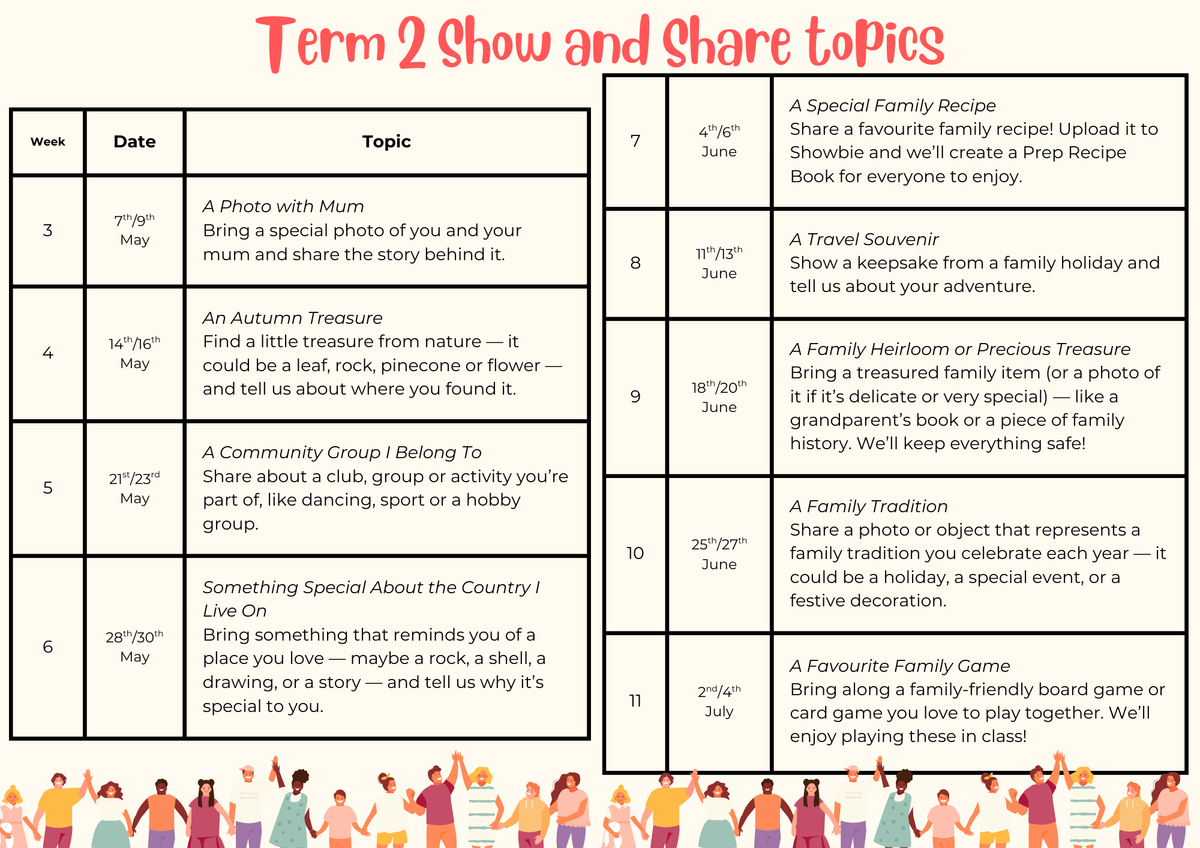

🎨 Specialist timetable
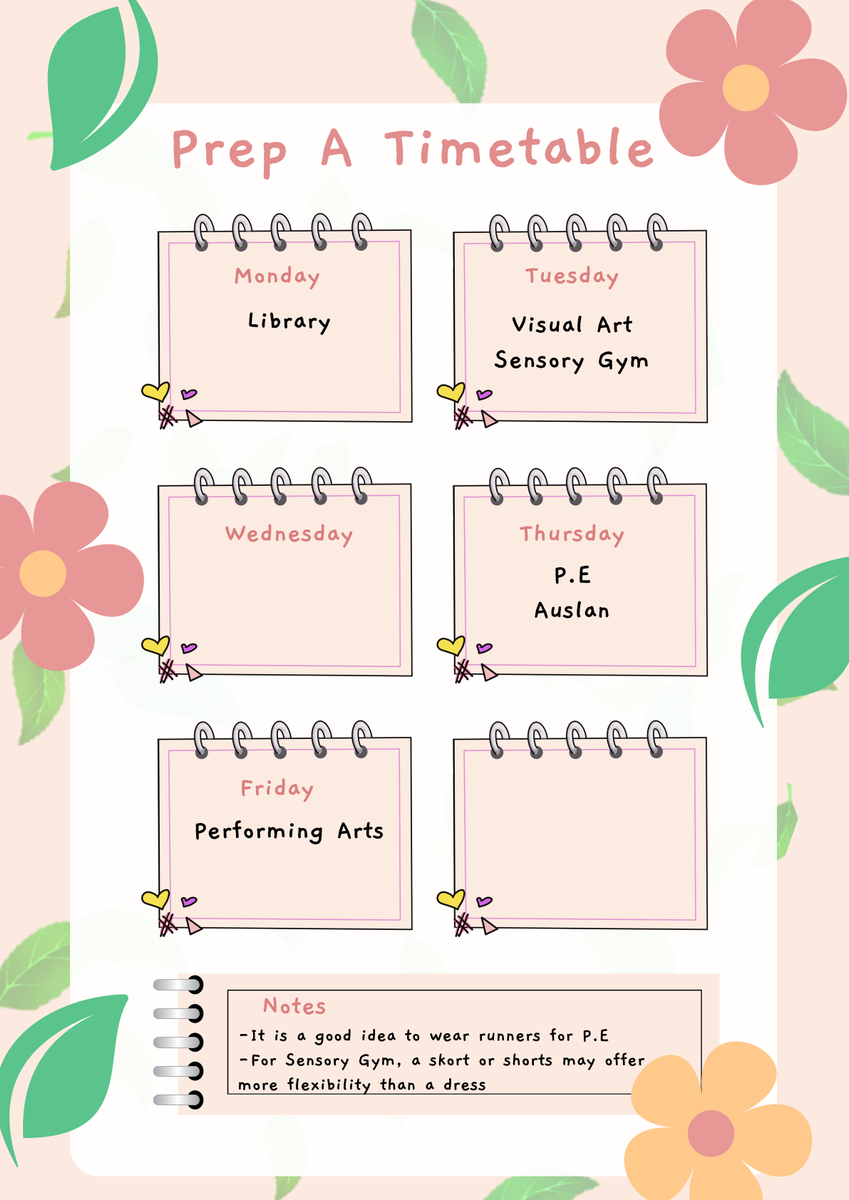
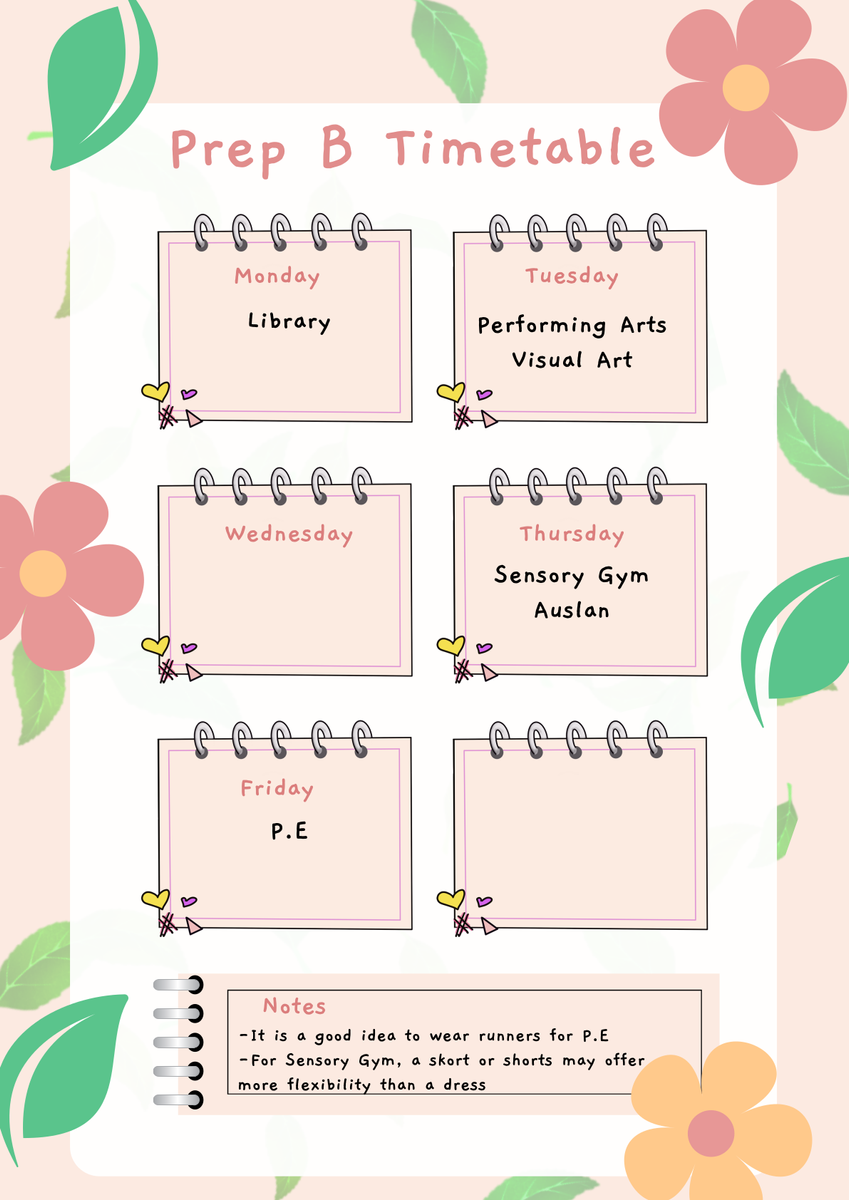
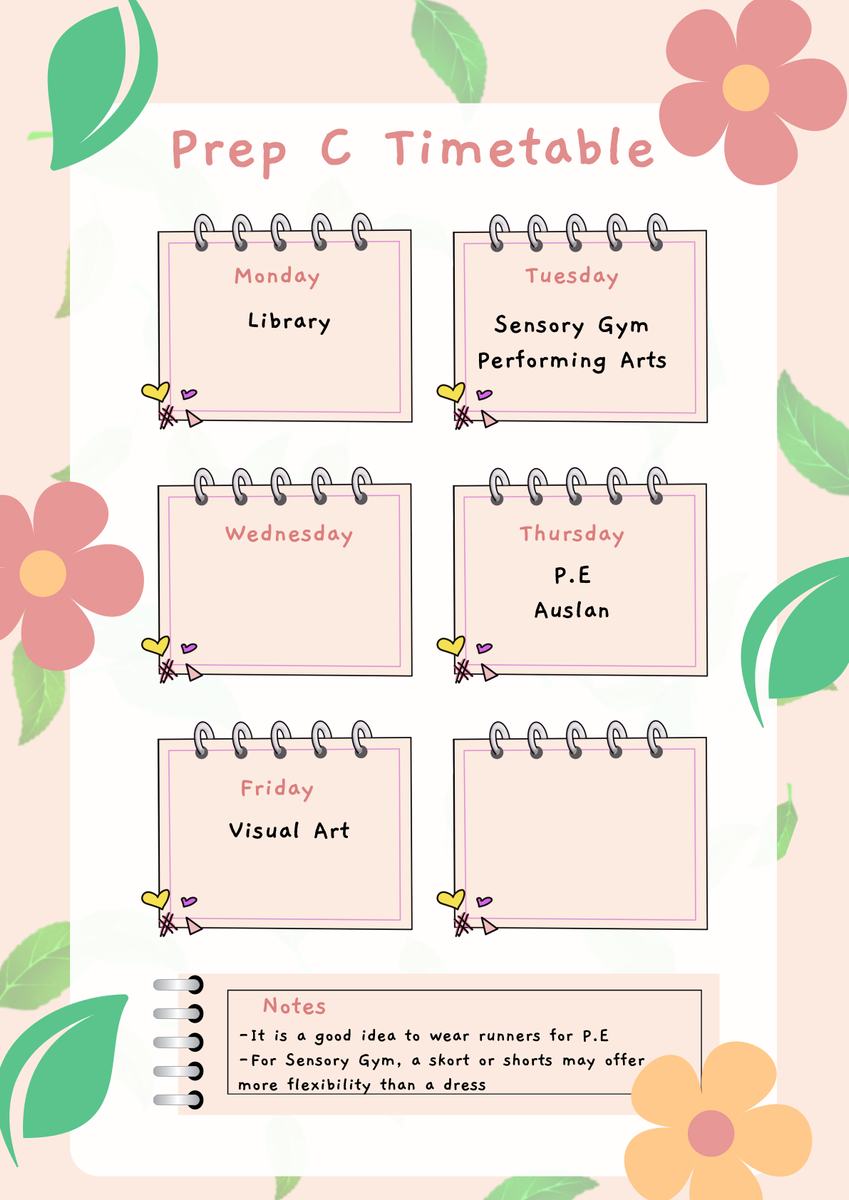



📣 Specialist classes next week:
Next week it is Planning Week for Term 3, so students will have all of their specialist classes on Monday. While we will be onsite, we will be busy planning for a wonderful term of learning ahead!
CURRICULUM
📚 Phonemic awareness: reading and phonics
We’re learning about the letter QU as an initial sound (quilt) and V (as in van). Students will explore the phonemes (the sounds they make), the graphemes (how they are written with correct formation) and the matching cued articulation action.
In addition, students will practise reading and writing CVC and CVCC/CCVC words using all the short vowels.
We’ll also review our Heart Words: are, was and learn the words what and have.
What can you do at home?
-Help your child read the take-home book, decodable passages, or CVC word cards from their book pocket together. **Aim for fluency by the second day of reading.
As your child reads, encourage them to read any words they recognise straight away, without needing to sound them out.
-Enjoy bedtime stories with your child to build vocabulary and a love for reading.
-If you're interested in learning about Cued Articulation, you can watch this helpful video by Jane Passey (the founder), where she explains and demonstrates each sound: Cued Articulation with Jane Passey
-Work through the optional UFLI home practice pages if you’d like some extra phonics practise at home.
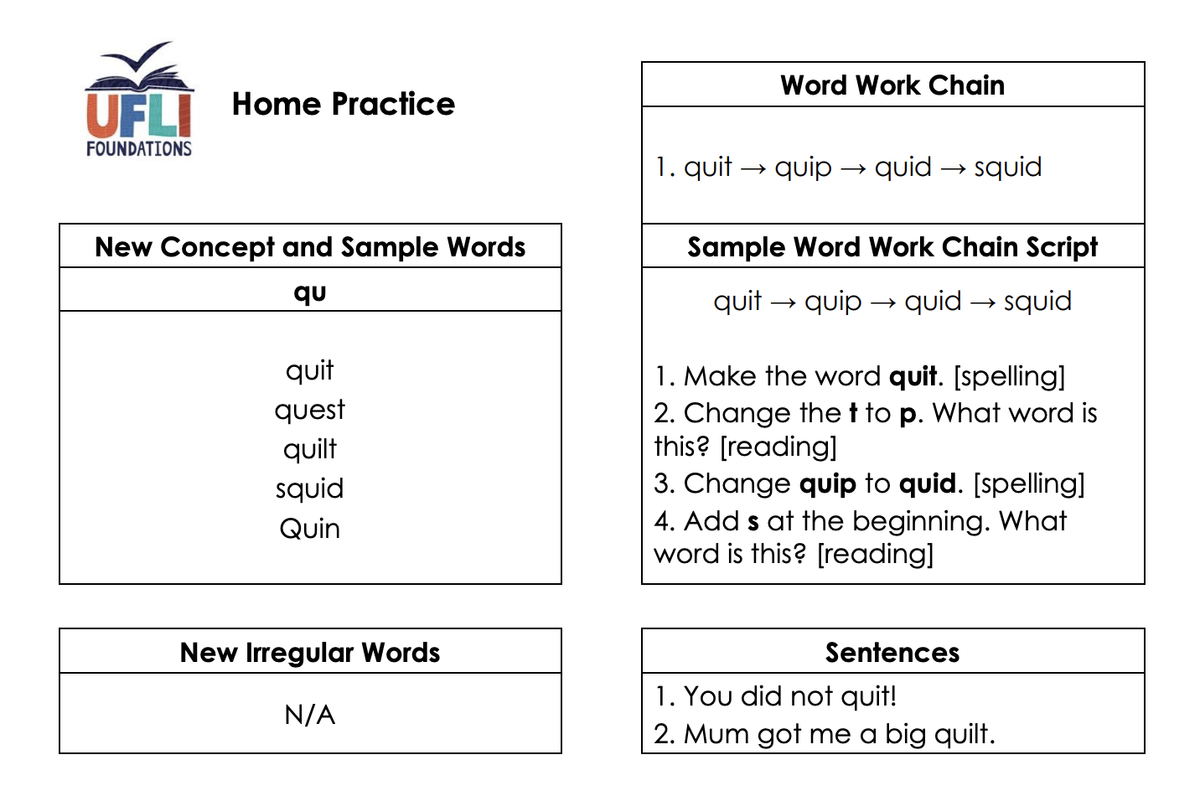
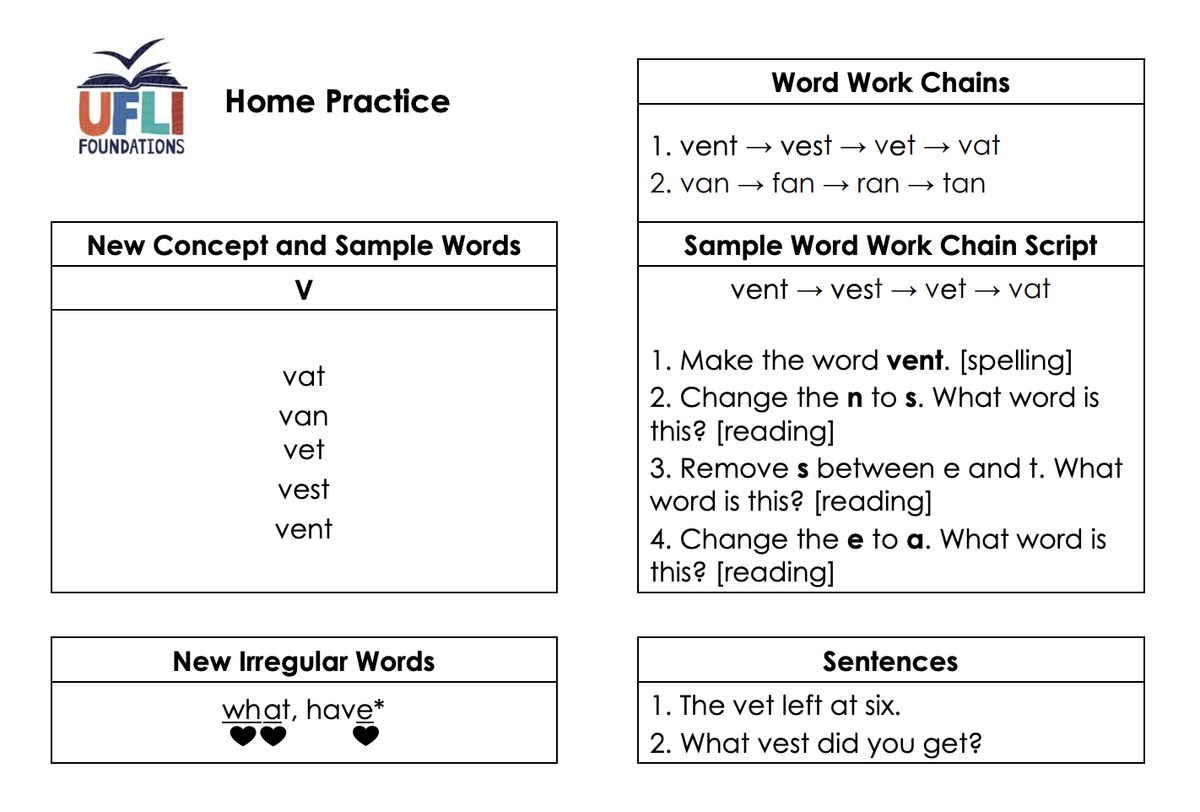


📝 Literature: reading responses and writing
Our Mentor Text is Littlelight by Kelly Canby. This text has been carefully chosen to support our CBL focus on Diversity and to spark meaningful conversations about ways we can celebrate and embrace the differences that make us unique. Students will sequence and retell the story, describe the character traits of the main characters and chart the townsfolk’s journey toward acceptance.
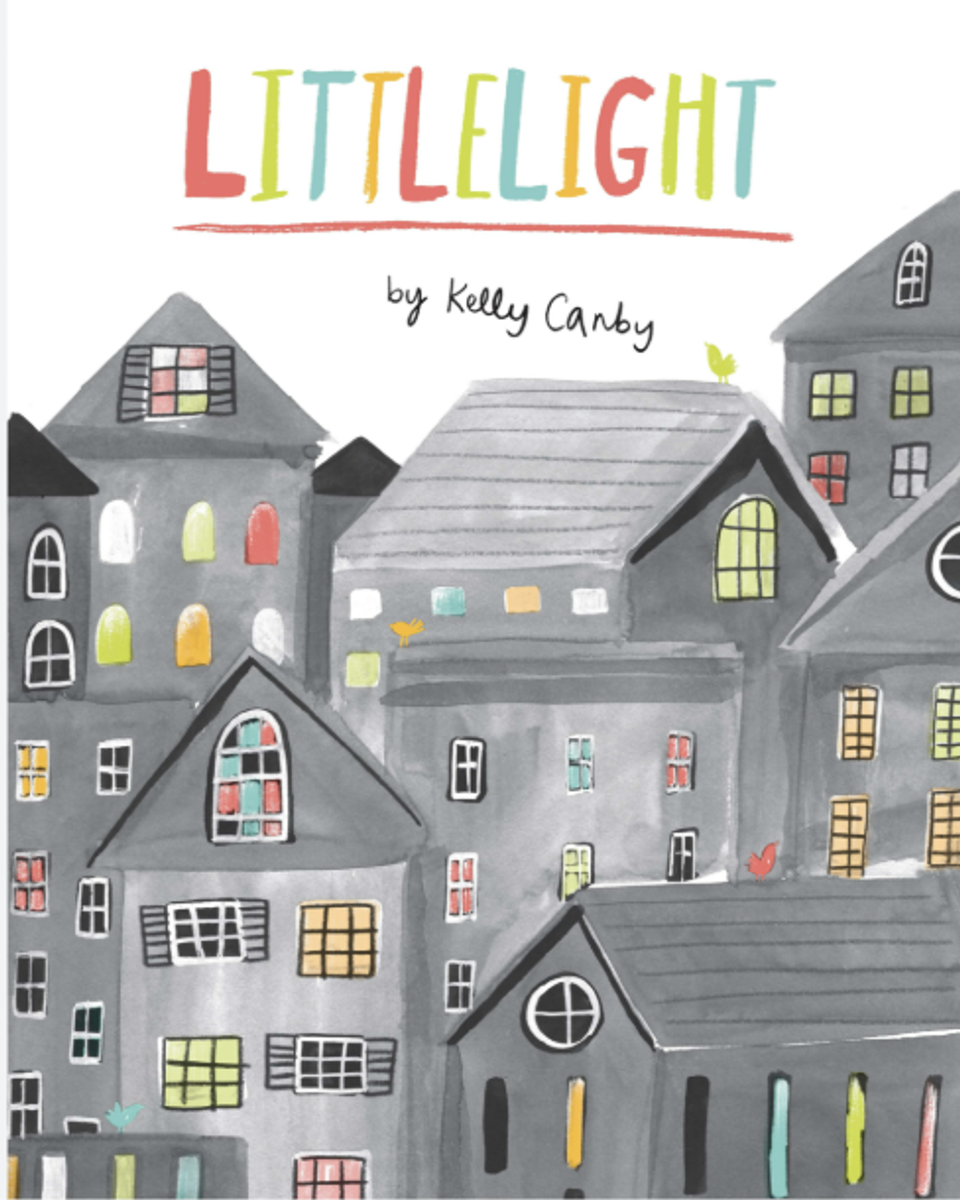

In Writing, students will continue using the letters they’ve learned so far to write independently formed sentences based on picture prompts. We’ll also be linking our writing to ideas from our Mentor Text. We will focus on practising the correct formation of the letters Q and V, while revising all the letters we’ve introduced throughout the year - which is almost all of them! We only have Z to go next week!
What can you do at home?
-Play with things that develop fine motor skills like lego, playdough, drawing and building blocks.
-Help your child develop their pencil grip.
-Encourage your child to write simple sentences about a picture in a book or something they see around them.E.g. “The big frog can jump.”
Letters/sounds we know: A, M, S, T , P, F, I, N, O, D, C, U, G, B, E, K, H, R, L W, J, Y, X, QU and V ... so ... every letter except Z!
-Help your child sound out simple words when writing, reminding them to use the letter sounds they’ve learned and put a finger space between words.
🔢 Maths
Students will be revisiting the important concept of place value to 20. We will be practising counting forwards and backwards to 20, revising how to correctly write the numerals and representing numbers to 20 using hands-on materials like counters and unifix cubes. Students will match collections of objects to the correct numeral, helping to strengthen their number recognition and understanding of quantity. Tens frames and other concrete materials will support this learning, giving students valuable opportunities to see, make, and work with numbers in different ways.
What can you do at home?
-Practise counting forwards and backwards to 20 together — try it while walking or driving to school.
-Play simple number games like “Guess my number” between 0 and 20.
-Use household items (like pegs, spoons or buttons) to make small collections and have your child match them to the correct numeral.
-Practise writing numbers to 20 with chalk, pencils or even tracing in sand or shaving cream for fun sensory learning.
-Talk about numbers you see in everyday life — on letterboxes, prices at the shops, or clocks.
🌏 CBL - Diversity
Our CBL content will be integrated into our Mentor Text sessions.
🫶🏼 Respectful Relationships
We will be learning about fair and friendly play. Students will take part in activities to explore what it means to play fairly, take turns and include others. Students will also begin talking about the idea of fairness and learn to recognise the difference between fair and unfair actions. In a gentle, age-appropriate way, we’ll introduce the word violence and discuss what it means, helping children to understand safe, kind and respectful ways to solve problems and play together.
💛 Wellbeing & School Wide Positive Behaviour (SWPBS)
We will continue to 'be kind', 'be safe' and 'be a learner' especially when playing outside during playtimes.